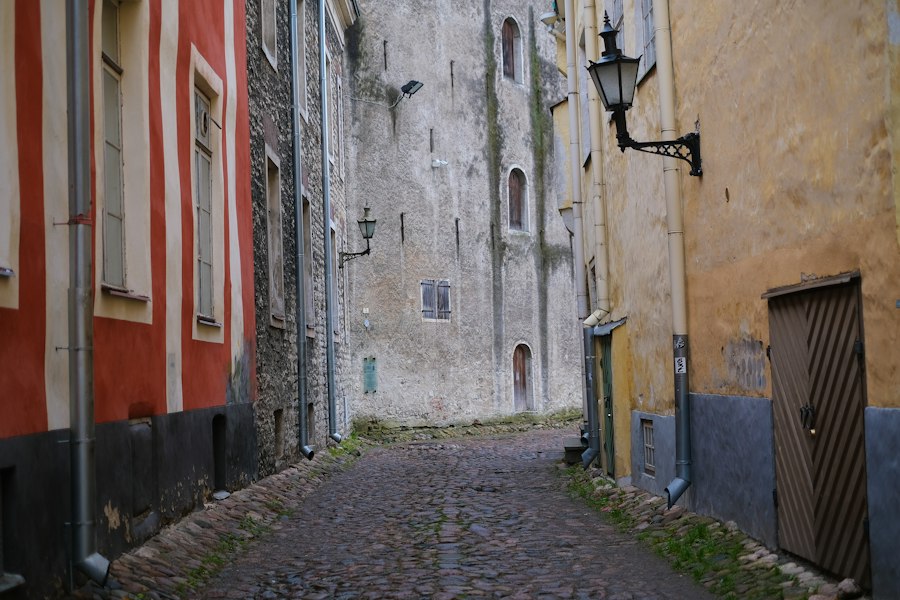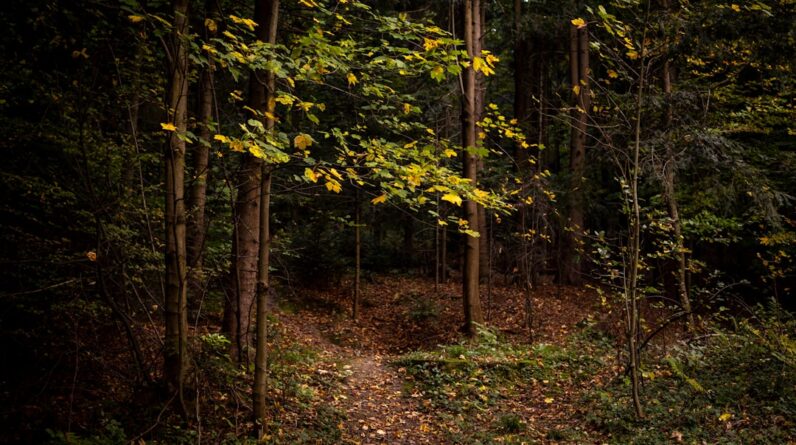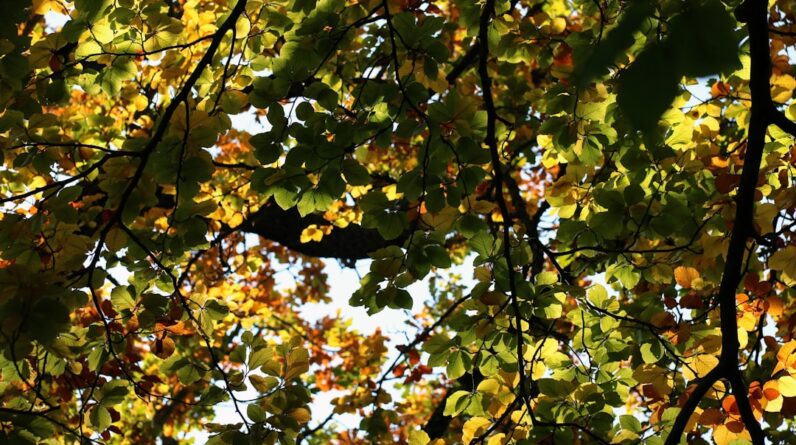Ontario, Canada’s most populous province, is rich in history and culture. From the Indigenous peoples who first inhabited the land to the European settlers who arrived centuries later, Ontario’s history is diverse and fascinating. Preserving this history is of utmost importance, as it allows us to understand and appreciate the roots of Canada’s identity. Fortunately, Ontario is home to numerous historic sites that offer visitors the opportunity to step back in time and explore the province’s past.
Key Takeaways
- Ontario’s historic sites offer a glimpse into Canada’s rich history.
- Indigenous heritage is an important part of Ontario’s history and can be explored at various sites.
- Early European settlers left a lasting legacy in Ontario, which can be rediscovered at historic sites.
- The War of 1812 and the Underground Railroad are significant events in Ontario’s history and can be traced through various sites.
- Ontario’s industrial revolution and the growth of its capital city are also important parts of its history that can be relived at historic sites.
Discovering the Roots of Canada’s History
To truly understand the history of Canada, one must start with the Indigenous peoples who have inhabited the land for thousands of years. Ontario is home to many First Nations communities, and there are several historic sites that provide insight into their rich culture and traditions. One such site is the Crawford Lake Conservation Area, which features a reconstructed Iroquoian village and offers visitors a chance to learn about the daily life of the Indigenous people who lived there centuries ago.
Another important site is the Woodland Cultural Centre in Brantford, which preserves and promotes the art, history, and culture of the Haudenosaunee (Iroquois) people. The centre includes a museum, art gallery, and library, providing visitors with a comprehensive understanding of Indigenous history in Ontario.
Exploring the Heritage of Ontario’s Indigenous People
Ontario’s Indigenous people have a vibrant and diverse culture that is worth exploring. In addition to visiting historic sites, there are also events and festivals that celebrate their heritage. The Indigenous Arts Festival in Toronto showcases the work of Indigenous artists from across Canada, including traditional crafts, music, dance, and storytelling. It is a wonderful opportunity to immerse oneself in the rich cultural traditions of Ontario’s Indigenous people.
Another event worth attending is Indigenous Peoples’ Day celebration in Ottawa. This annual event brings together Indigenous communities from across Ontario to celebrate their culture and heritage. The celebration includes traditional ceremonies, performances, and workshops, providing visitors with a unique and immersive experience.
Rediscovering the Legacy of Early European Settlers
The history of Ontario is also shaped by the arrival of European settlers in the 17th and 18th centuries. These early settlers played a significant role in shaping the province’s culture and economy. To learn more about their legacy, visitors can explore historic sites such as the Black Creek Pioneer Village in Toronto. This living history museum recreates a 19th-century rural Ontario village, complete with period buildings, costumed interpreters, and interactive exhibits.
Another site worth visiting is the Mackenzie House in Toronto, which was once the home of William Lyon Mackenzie, a prominent political figure in Ontario’s history. The house has been restored to its 19th-century appearance and offers guided tours that provide insight into Mackenzie’s life and the political climate of the time.
Journeying Through the War of 1812
The War of 1812 had a significant impact on Ontario, as it was fought primarily on Canadian soil. To learn more about this important chapter in Ontario’s history, visitors can explore sites such as Fort York in Toronto. This historic site was a key military fort during the war and offers guided tours, exhibits, and reenactments that bring the war to life.
Another site worth visiting is the Battle of Beaver Dams Park in Thorold. This park commemorates the Battle of Beaver Dams, a pivotal moment in the war where British and Indigenous forces successfully repelled an American invasion. The park features interpretive panels that provide historical context and allow visitors to understand the significance of this battle.
Tracing the Path of the Underground Railroad

The Underground Railroad played a crucial role in helping enslaved African Americans escape to freedom in Canada. Ontario was a key destination for many freedom seekers, and there are several historic sites that preserve this important chapter in history. One such site is the Buxton National Historic Site and Museum in Chatham-Kent. Buxton was a settlement founded by Reverend William King, a former slave who helped establish a safe haven for freedom seekers. The site includes original buildings, exhibits, and guided tours that provide insight into the lives of those who sought refuge there.
Another site worth visiting is the Uncle Tom’s Cabin Historic Site in Dresden. This site was once the home of Josiah Henson, a former slave who became a prominent abolitionist and author. The site includes Henson’s former home, as well as exhibits and interpretive panels that tell the story of his life and the Underground Railroad.
Reliving the Golden Age of Ontario’s Industrial Revolution
Ontario’s industrial revolution played a significant role in shaping the province’s economy and society. To learn more about this transformative period, visitors can explore sites such as the Canadian Automotive Museum in Oshawa. This museum showcases the history of the Canadian automotive industry, including vintage cars, interactive exhibits, and educational programs.
Another site worth visiting is the Canadian Canoe Museum in Peterborough. Canoes played a vital role in Ontario’s early industrial development, serving as a means of transportation and trade. The museum features an extensive collection of canoes and kayaks, as well as exhibits that explore their historical and cultural significance.
Witnessing the Growth of Ontario’s Capital City
Toronto, Ontario’s capital city, has a rich history that is worth exploring. From its humble beginnings as a small colonial settlement to its current status as a vibrant metropolis, Toronto has undergone significant growth and transformation. To learn more about its history, visitors can explore sites such as the Distillery District. This pedestrian-only village is home to numerous heritage buildings that date back to the 19th century. It offers a unique blend of history, culture, and entertainment, with art galleries, shops, restaurants, and theaters.
Another site worth visiting is the St. Lawrence Market, which has been a hub of commerce in Toronto since the early 19th century. The market is home to numerous vendors selling fresh produce, meats, cheeses, and other goods. It is a great place to experience the vibrant atmosphere of Toronto and learn about its history as a trading center.
Immersing in the Cultural Diversity of Ontario’s Heritage
Ontario is known for its cultural diversity, with people from all over the world calling the province home. To explore this rich heritage, visitors can explore sites such as the Royal Ontario Museum in Toronto. This world-renowned museum showcases art, culture, and natural history from around the globe. It offers a comprehensive look at Ontario’s diverse heritage and provides visitors with a deeper understanding of different cultures.
Another site worth visiting is the Aga Khan Museum, also located in Toronto. This museum is dedicated to Islamic art and culture and features a collection of artifacts from various periods and regions. It offers a unique opportunity to explore the rich cultural heritage of Muslim civilizations and their contributions to Ontario’s diverse society.
Planning Your Trip to Ontario’s Historic Sites
When planning a trip to Ontario’s historic sites, it is important to consider factors such as transportation and accommodations. Ontario has an extensive transportation network, including airports, highways, and public transit systems that make it easy to travel within the province. There are also numerous accommodations options available, ranging from luxury hotels to budget-friendly motels and bed and breakfasts.
When visiting historic sites, it is recommended to plan ahead and check for any special events or guided tours that may enhance your experience. Many sites offer educational programs and interactive exhibits that provide a deeper understanding of Ontario’s history.
In terms of must-see sites and experiences, it is difficult to narrow it down as Ontario has so much to offer. However, some recommendations include visiting the Parliament Buildings in Ottawa, exploring the historic district of Niagara-on-the-Lake, and taking a boat tour of the Thousand Islands in the St. Lawrence River.
In conclusion, Ontario’s historic sites offer a unique opportunity to explore the province’s rich history and culture. From the roots of Canada’s First Nations people to the legacy of early European settlers, there is something for everyone to discover. By visiting these sites, we not only gain a deeper understanding of Ontario’s past but also contribute to the preservation and appreciation of its heritage. So, plan your trip to Ontario’s historic sites and embark on a journey through time that will leave you with a greater appreciation for the province’s history and culture.
If you’re interested in exploring Ontario’s historic sites, you might also enjoy reading about “From Reading Glasses to Real Glasses: Understanding Age-Related Vision Changes.” This informative article discusses the common vision changes that occur as we age and provides helpful tips for maintaining healthy eyesight. Check it out here.








